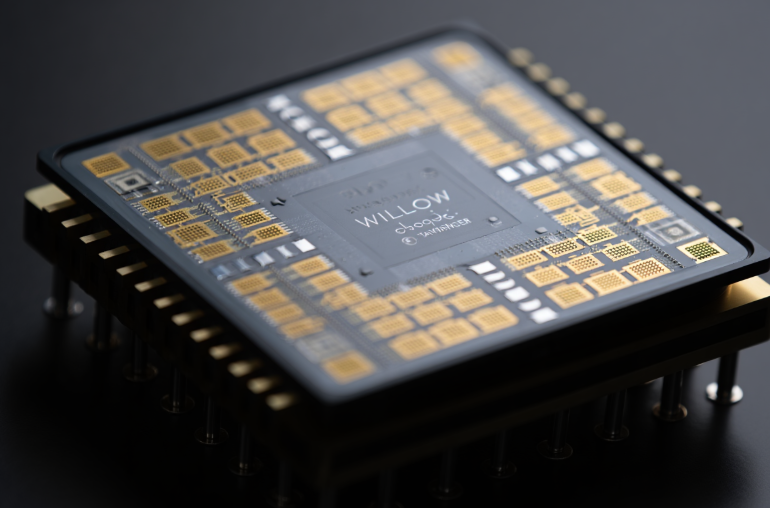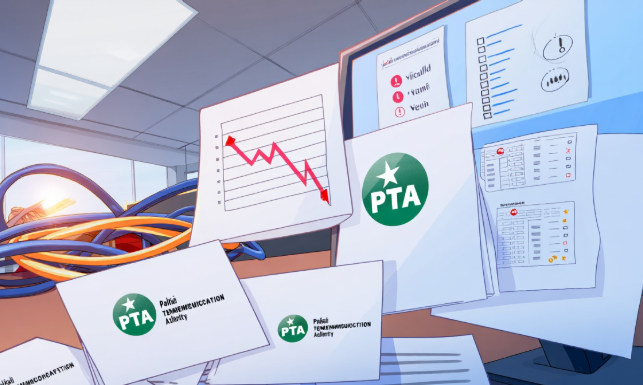In Shanghai’s Huangpu District, a humanoid robot nicknamed “Xiao Hu” (Little Tiger) has been spotted directing traffic as part of an ongoing trial. The robot, which resembles a traffic officer, is equipped with a large white helmet, LED lights, and reflective gear to ensure visibility and authority in busy intersections.
During the test, Xiao Hu gave voice instructions such as “Red light, please stop,” while using hand gestures modeled on the movements of Chinese traffic police. The robot also demonstrated an ability to interact with pedestrians, offering guidance and answering basic questions related to traffic rules.
Developed over a period of four years, the project represents Shanghai’s broader effort to incorporate AI and robotics into urban management. Officials described the deployment as a “real-world learning exercise,” emphasizing that Xiao Hu is still in testing and will continue to be refined before any large-scale rollout.
Beyond traffic management, Xiao Hu’s developers envision the robot being deployed at major events, crowded commercial zones, or other high-traffic areas, where it could help reduce the workload of human officers. The use of humanoid robots in such roles is seen as a way to enhance efficiency while allowing human staff to focus on more complex tasks.
Although no timeline has been set for full implementation, the experiment reflects Shanghai’s growing ambition to apply cutting-edge technologies in everyday governance. By blending robotics with AI-driven communication, the city aims to improve safety, reduce congestion, and provide more responsive public services.
Xiao Hu may still be in its early stages, but its presence on Shanghai’s streets highlights how urban robotics could reshape the future of city management in China and beyond.






